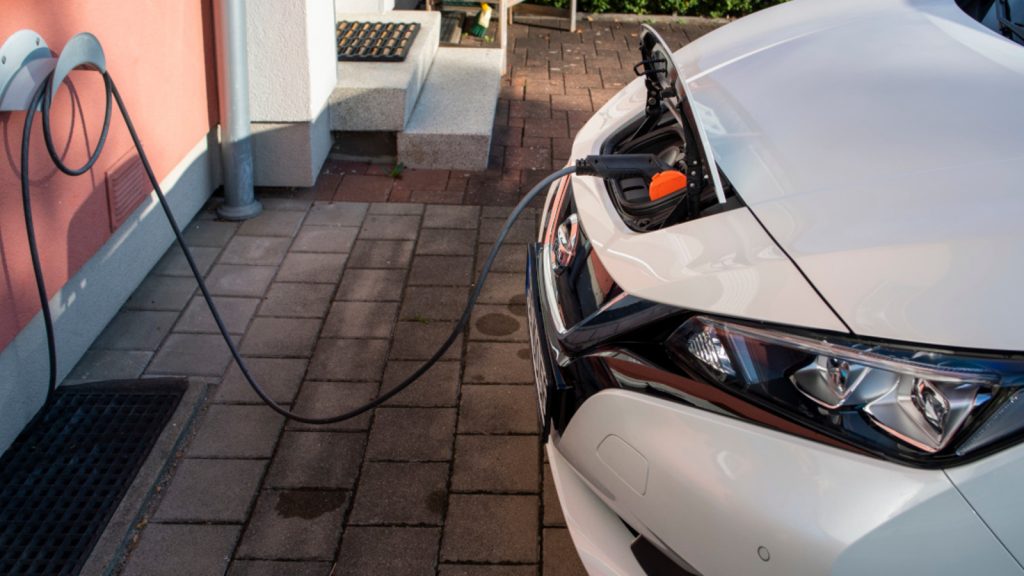There are many options for “refueling” your electric vehicle.
With the increasing prevalence of electric cars, the question arises for many owners what is the best and cheapest way to charge a car at home. There are different possibilities, of which there is always one square wall
is the focus. OAMTC has now conducted an investigation in this regard.
public electricity network
In most homes, wallbox power comes from public electricity network
The bill is paid to the electricity supplier through the meter. This solution is uncomplicated, does not require any additional hardware or controls, and usually works without problems – but does correlate with corresponding electricity costs, according to ÖAMTC e-mobility expert Markus Kaiser. If you want to transport your e-car in a climate-neutral manner, you should look for a green electricity provider.
Charging electricity from the roof of your house?
If you generate electricity to charge your electric car on your rooftop, you can kill two birds with one stone: Photovoltaic (in short: PV) systems provide 100% green electricity – and this does not cause any costs when charging. “At first glance, this seems like the perfect solution“Says the Kaiser.”Unfortunately, it is not so simple, because on the one hand, the costs of installing such a system must be taken into account, and on the other – at best in advance – issues of technology and compatibility must be clarified“It is important to know: the charging process usually starts from at least six amperes, for solar charging only, a surplus of PV power of at least 1.4 kW is required. Thus, the “charging windows” are limited by the weather in the lines Our supply For optimal use, the e-car should be at home during the day if possible – and the alignment of the photovoltaic system also plays a key role.
Direct charging is better than storing electricity
A relatively inexpensive entry into electricity generation from your roof is surplus PV charging supplemented by mains electricity. “This alternative is suitable for small, low-power PV systems. The most important thing here is to keep the network power ratio as low as possibleSays the Mobility Club expert. “To do this, the charging power in the car or in the charging box must be reduced according to the generation of your PV system, which of course increases the charging time. Incidentally, some wall boxes automatically optimize the charging power. “Another strategy is to only charge the car with excess PV energy. In this case, the charging process begins only when there is enough power from the roof – with the disadvantage that it stops when there is solar radiation, for example due to traffic receding clouds.
Photovoltaic fast charging
If you want to charge the e-car as quickly as possible and with electricity only from the roof of your house, you should invest in an automatic energy management system and possibly even a static electricity storage system, according to ÖAMTC. “Energy Management learns how much electricity is coming from the photovoltaic system and charges it in the car using a smart wall box“The Kaiser explains.”However, the management system and the box are associated with the corresponding costs – here, too, it is difficult for the sun to hide behind the clouds.“The latter can only be solved with an energy storage device that stores solar energy at night or for bad weather phases.”However, it should not be overlooked that the corresponding large volume costs in the range of several thousand eurosBesides, Kaiser notes, the efficiency of direct charging from the ceiling is much higher because the charging and discharging of the stationary electricity storage system is not without losses, the expert concludes.

“Total coffee aficionado. Travel buff. Music ninja. Bacon nerd. Beeraholic.”







More Stories
GenAI in everyday work – Top management is moving forward with AI, employees are hesitant » Leadersnet
Foreign Exchange: Euro rises against the dollar
Lufthansa Group: Austrian Airlines, the Boeing 737 MAX and the cargo problem